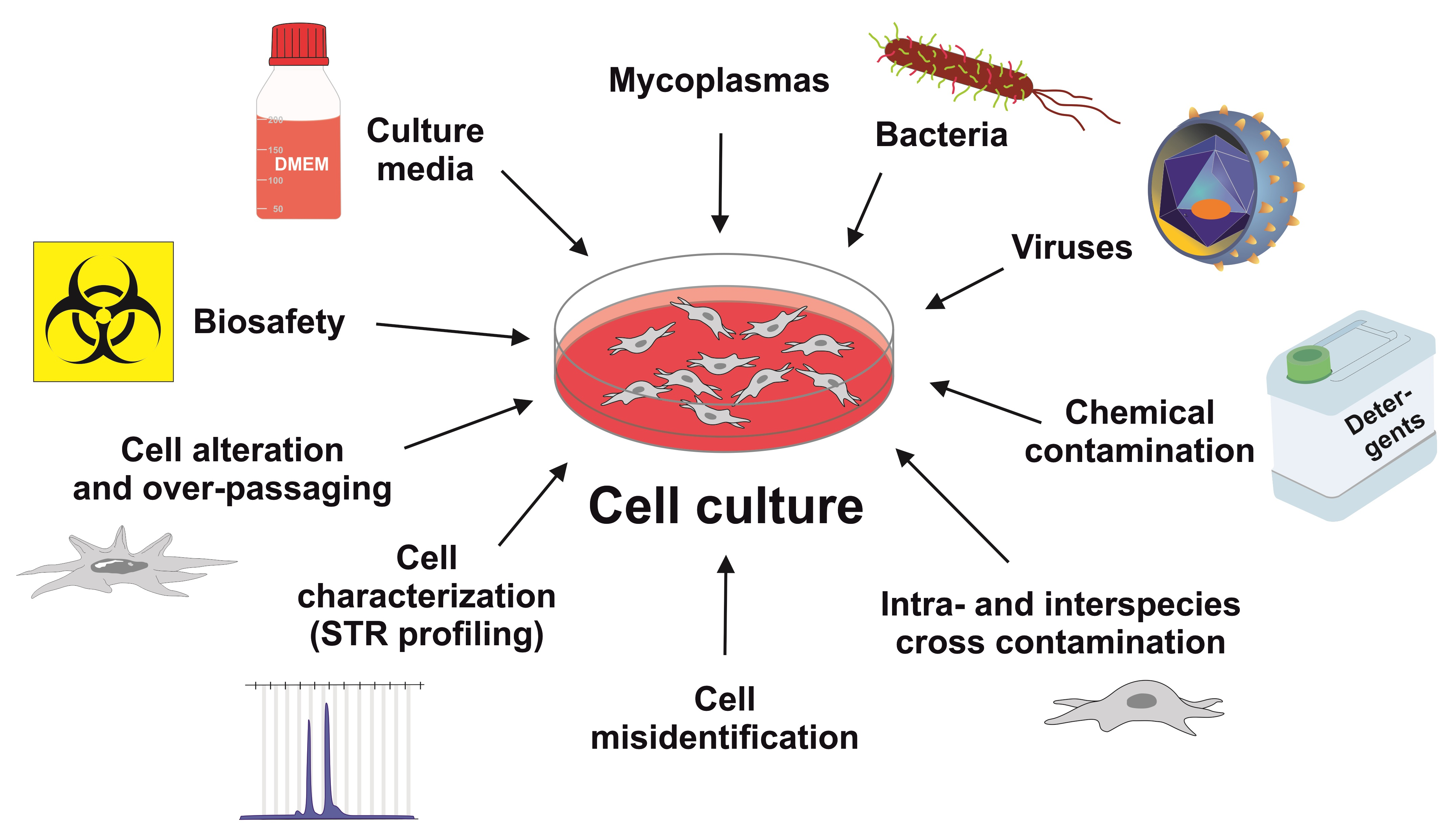Cultivation of viruses:
Viruses are obligate intracellular particles, cannot be grown on inanimate culture medium and multiply only in living cells. Virus cultivation is important:
- To isolate and identify viruses from samples (disease diagnosis- routine work).
- To study viral structure, genetics, replication and cytopathic effects (viral research).
- For vaccine preparation (therapeutic).
Following are the techniques used for virus culture.
a. Animal inoculation: laboratory animals like white mice, guinea pigs, rabbits, hamsters, monkeys, etc are use for virus cultivation. The specimen is inoculated via routes like subcutaneous, intraperitoneal, intracerebral, intranasal, etc. After specific time, animals show signs of illness, later sacrificed for microscopic tissue examination for virus.

b. Embryonated egg culture: embryonated eggs (8-10 days old) of chicken/duck are most commonly used for virus cultivation. The virus sample is inoculated by various routes like chorioallantoic membrane, allantoic cavity, amniotic sac, yolk sac. After virus inoculation, the opening is sealed with gelatin or paraffin and the egg is incubated for 2-9 days and examined daily for virus growth.

c. Cell culture: cells or small tissues of human or animals in culture growth medium are used for virus cultivation. Cells are inoculated with sample and incubated. On incubation, the cells divide and spread throughout the culture plate. The cell or tissue culture technique for virus cultivation is restricted to research laboratories for routine work. Some of the cell lines used for virus cultivation are- HeLa (human carcinoma of cervix cell line), vero (vervet monkey) kidney cell lines, BHK-21 (baby hamster kidney cell line), etc.
